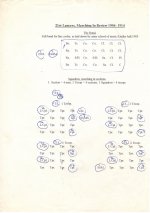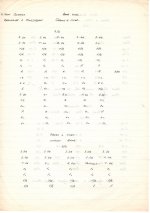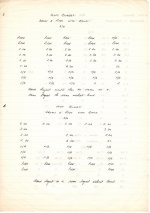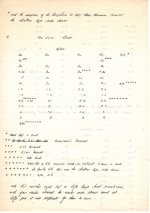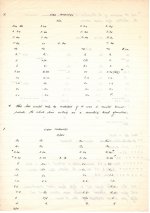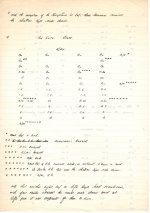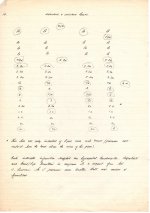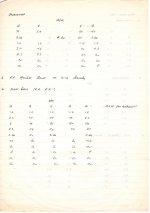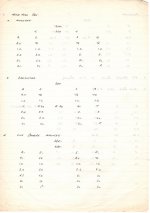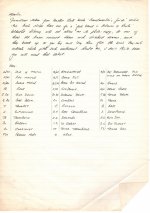Martin Tabony
Command Sergeant Major
- Joined
- Nov 6, 2009
- Messages
- 2,077
These are the arrangements from thearmy school of music at Kneller Hall. First published in a book "The Bandmaster's Guide" 1905. Given to me by the late Maj. John Cox, he was an "up through the ranks" rifleman through and through, which is why the word "Elite" appears on the Rifles page!
I've also included a band and two squadron layout that I worked out for a customer. Although it says 21st Lancers it would be the same for all line cavalry. Add two more squadrons for a full regiment, if you've the room!
I've also included a band and two squadron layout that I worked out for a customer. Although it says 21st Lancers it would be the same for all line cavalry. Add two more squadrons for a full regiment, if you've the room!


